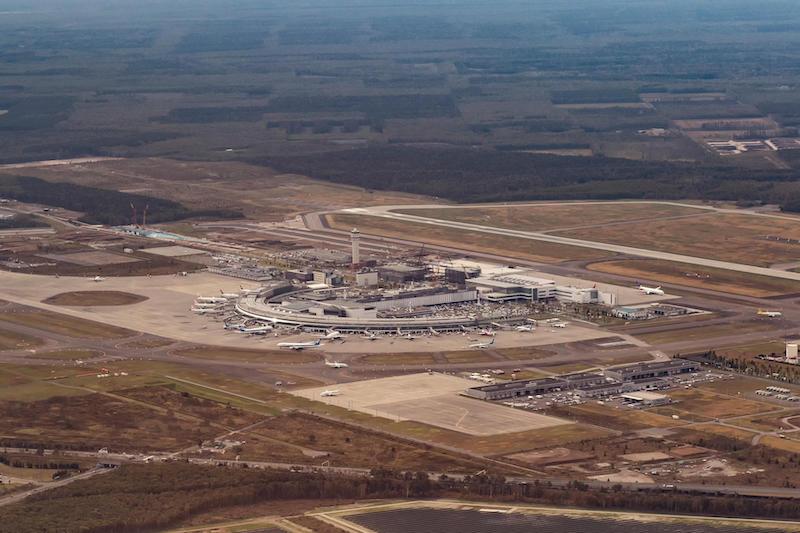Hokkaido Airports Looks To Diversify As It Grapples With Russian Airspace Closure

New Chitose Airport, Japan.
Hokkaido Airports is looking to woo more passengers from Asia-Pacific markets, especially Southeast Asia, as the airport group deals with the prolonged closure of Russian airspace and the slow recovery of Chinese tourists.
Situated north of Japan and facing Russia, Hokkaido’s traffic from Europe, North America and even Australia is yet to return to pre-pandemic levels, not only due to the airspace issues, but also because of rising fuel prices.
Kenjiro Karahashi, general manager for aviation business development at Hokkaido Airports, says the group is now in discussions with airlines and airports in Vietnam and Indonesia as potential new markets. Neither country has direct flights to Hokkaido, and the aim is to gradually transit from charter flights to scheduled service while ensuring profitability.
Pre-pandemic, Chinese passengers accounted for 15%-20% of total passenger volume. Currently, passengers from South Korea now account for half of all movements, followed by travelers from Taiwan, then China.
Karahashi says the group is now actively pushing other secondary airports in the island such as Asashikawa and Hakodate, with the former seeing the most uptick in charter flights due to its close proximity to Sapporo. The aim is for all seven airports to handle international traffic on a permanent basis, although no timeline is set.
He also adds that the group will start investigations and studies on climate change. Karahashi says global warming could affect snowfall in popular Nisekko snow resorts, meaning that future traffic movements could shift northward to other cities.
Despite massive snowfall in the start of January 2024, the group has not seen any noticeable increase in flight disruptions.





